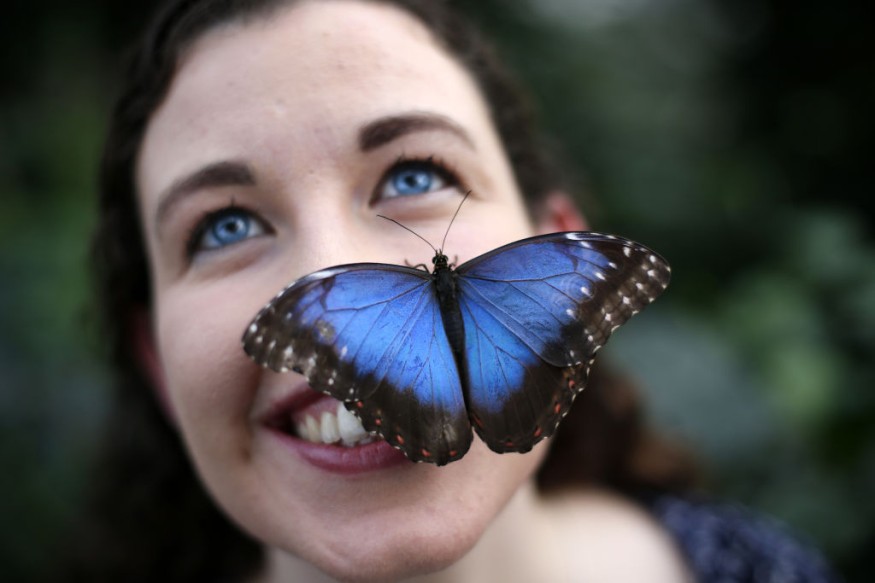Scholars from ETH Zurich recently conducted a study to develop new artificial colors. The research utilized a 3D printing approach to construct the color filters inspired by a butterfly species. Findings from the study are expected to contribute to the growing innovations of color screens.
Nanostructure Color on Wings of Cynandra opis

The butterfly, also known as the Cynandra opis, was selected for the research due to its unique, alluring colors. The wide wings of the species exhibit an eye-catching feature that is decorated with an unusual type of shade.
The Cynandra opis is native to the tropical regions of Africa. The wings of the animal produce brilliant colors through the complex surface structure and the range of wavelength harnessed from the natural sunlight.
When the light rays are deflected, the surface structures on the wings of the butterfly either cancel out or amplify each of the individual colors distributed.
Through intricate examination and a series of testings, the authors were able to replicate the surface wings of the Cynandra opis. The development was conducted by using a nano-3D printing approach. The outcome of the project resulted in the materialization of a new principle that could be utilized to construct structural color-generating materials.
Structural coloration is abundant in any part of nature. Some are found in irregular surfaces, such as those in the butterfly wings.
ETH Zurich Institute for Chemical and Bioengineering expert Xiaobao Cao, who also served as lead author of the research, said in a PhysOrg report that the wings of the Cynandra opis have regular nanostructures, as opposed to the irregular surfaces, that are fit for reconstruction through 3D printing.
Butterfly Wings for New Pigment, Optical Technology, and Filter Innovation
The wings of Cynandra opis are composed of a wide grid layer stacked against each other. The perpendicularly arranged sheets have a lattice spacing that scales from half to one micrometer.
The lattice spacing and the lattice rid's height are naturally displayed on the wings surface with sizes measuring from 250 nanometers and 1,2 micrometers.
The authors could produce a 3D-printed material based on the butterfly's model. The material consisted of similar structures that could generate all colors observed in the visible spectrum. In addition, some of the colors produced from the synthetic material were not recorded from the initial observations of the natural model.
The newly printed structures were tested in the form of miniature images that included the produce structural-color pixels scaling at two by two nanometers.
According to the authors, the pixels created from the structures could be utilized in many industries that rely on security patterns and other surface-based techniques, such as banknotes and exclusive papers.
The colors, printed with a transparent material, could also serve as a filter for optical technologies like bendable screens and many high-resolution color displays and pigments for paintings and printings. The study was published in the journal Advanced Materials. Titled "Replicating the Cynandra opis Butterfly's Structural Color for Bioinspired Bigrating Color Filters."
RELATED ARTICLE : 3D-Printed Back Brace Made of Carbon Nanotubes Detects Stress and Strain for Better-Fine-Tuning Scoliosis Treatment
Check out more news and information on Nanotechnology in Science Times.











